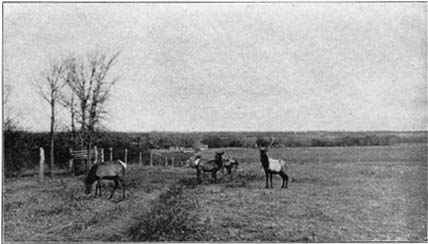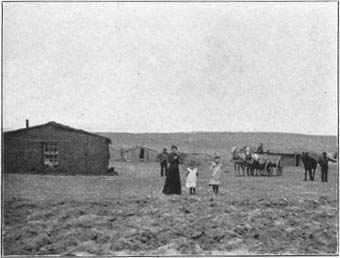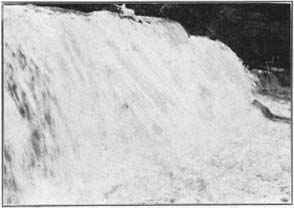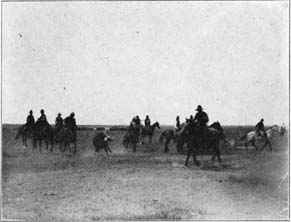sion was marked by acrimonious debate and a
bitter fight over the United States senatorship resulting
in the selection of A. S. Paddock by a combination of
democratic and republican votes. A resolution to expunge
the impeachment record standing against Governor Butler
was carried after a heated controversy. The governor had
turned over 3,400 acres of land to the state in
settlement of the $16,000 state money which he had used.
The land sold for enough to discharge the entire debt
with interest. A new revenue bill providing, among other
things, that the railroads of the state should not be
assessed for less than $10,000 per mile, was vetoed by
Governor Garber, and failed to pass over the veto. New
stay and exemption laws were passed, more liberal to the
debtors. And, finally, an act was passed providing for a
constitutional convention, consisting of 69 members, who
should be elected by the people on the first Tuesday in
April, and meet upon the second Tuesday in May.
It was in a frontier
society, in a state without adequate revenue, with
uncollected taxes, with matured and unpaid debts, among a
people visited by Pharaoh's locust plague, with distress
in their homes and discontent in public gatherings that
the convention met at Lincoln on May 12th, 1875, to frame
the present constitution of Nebraska,--sometimes
denominated the "Grasshopper Constitution."
The making of the
constitution has been treated by the writer of this
sketch in a separate monograph soon to be published.
The main points of
controversy in the convention were salaries of public
officials, taxation--and particularly taxation of
corporations,--the liability of stock-holders, the
location of the state capital at Lincoln, the question of
a preference vote by the people for United States
senators, and of limiting state and municipal debt. The
results of the convention's struggles and controversies
are embodied in our present organic document, which it is
likely will remain as such for years to come. The
constitutional convention adjourned June 12, 1875, and
the constitution was submitted to the people at the
election held October 12th. It was adopted by vote of
30,202 for, and 5,474 against. The specially submitted
proposition relating to United States senators was
carried by 25,059 for, and 6,270 against; The proposition
locating the capital at Lincoln, until removed by vote of
the people, prevailed by 20,042 for, and 12,517
against.
The years 1878 and 1879
were marked in Nebraska, as elsewhere in the Union, by
slow, painful recovery from the effects of the panic of
1873. It was a period of foreclosures, and what the
financial world politely styles "liquidation." The voice
of the tax collector was heard in the land. The ruling
rates for short time loans in the farming districts were
from 2 to 4 per cent a month. The foundation laid by the
granges for independent political action







